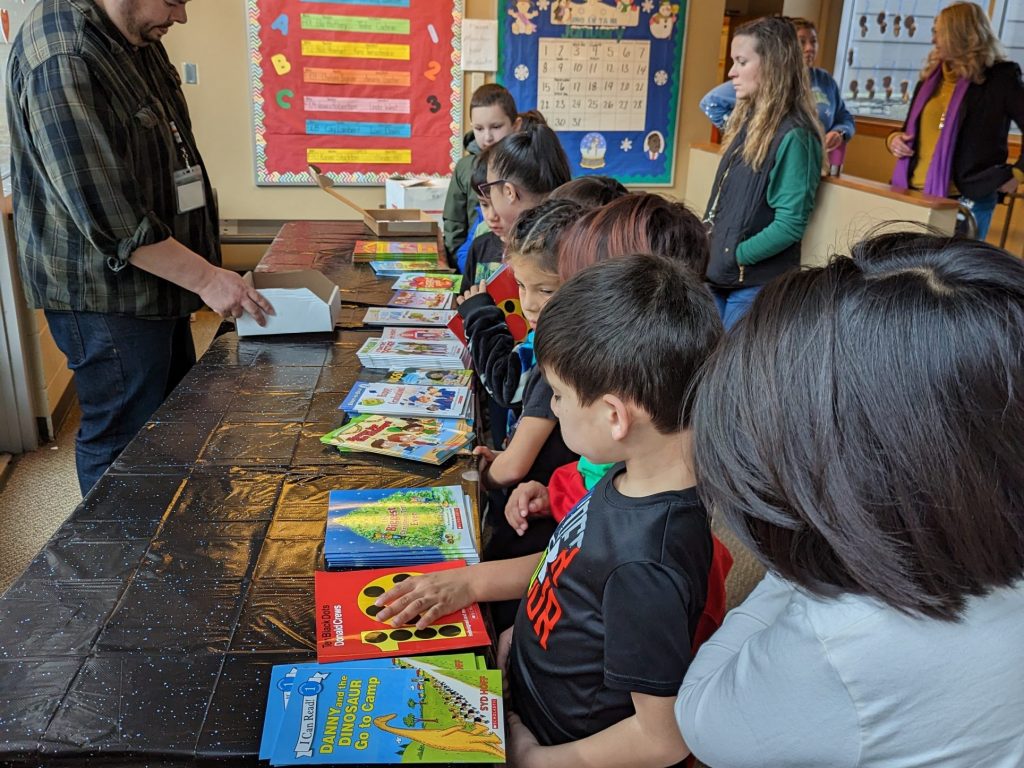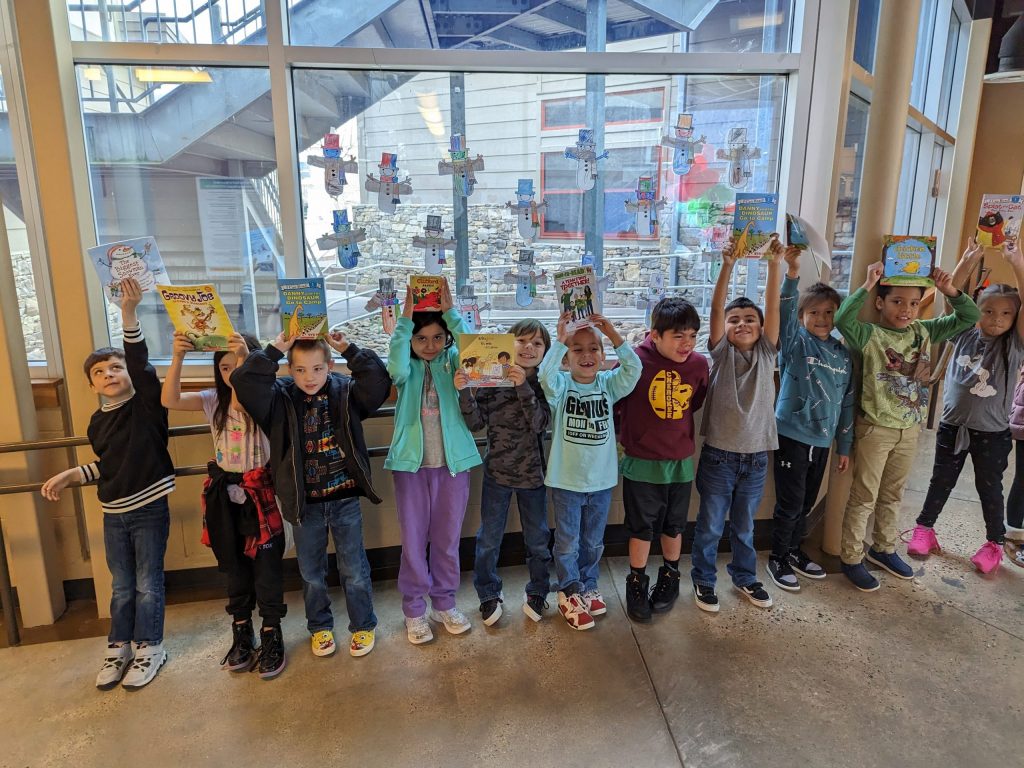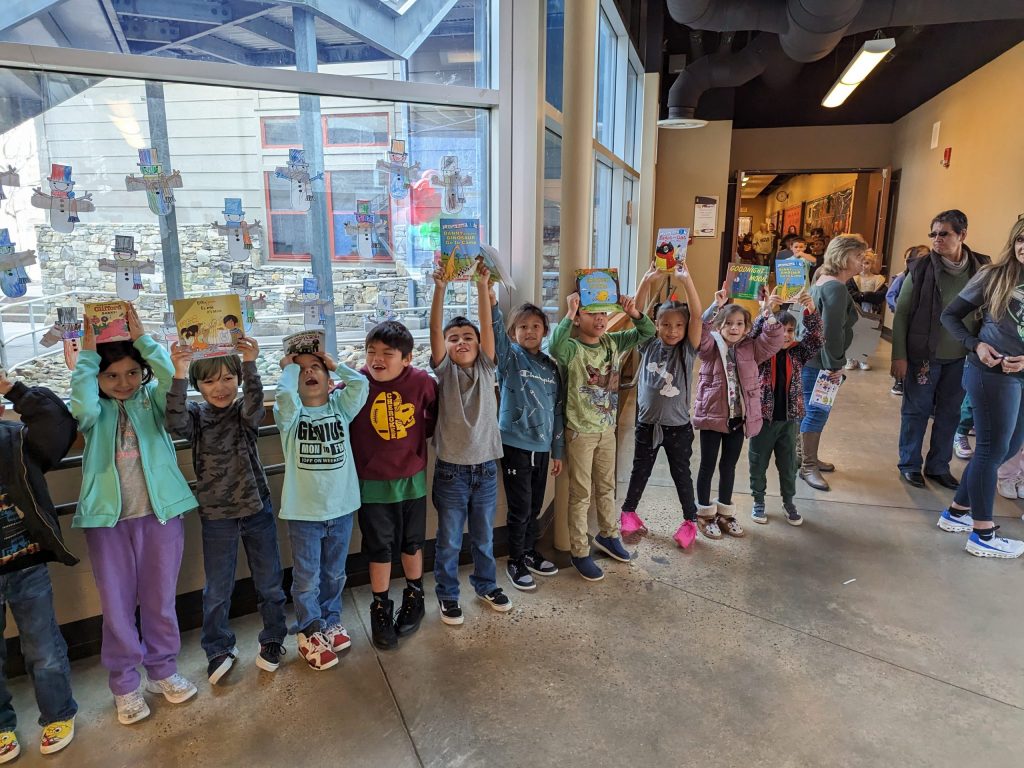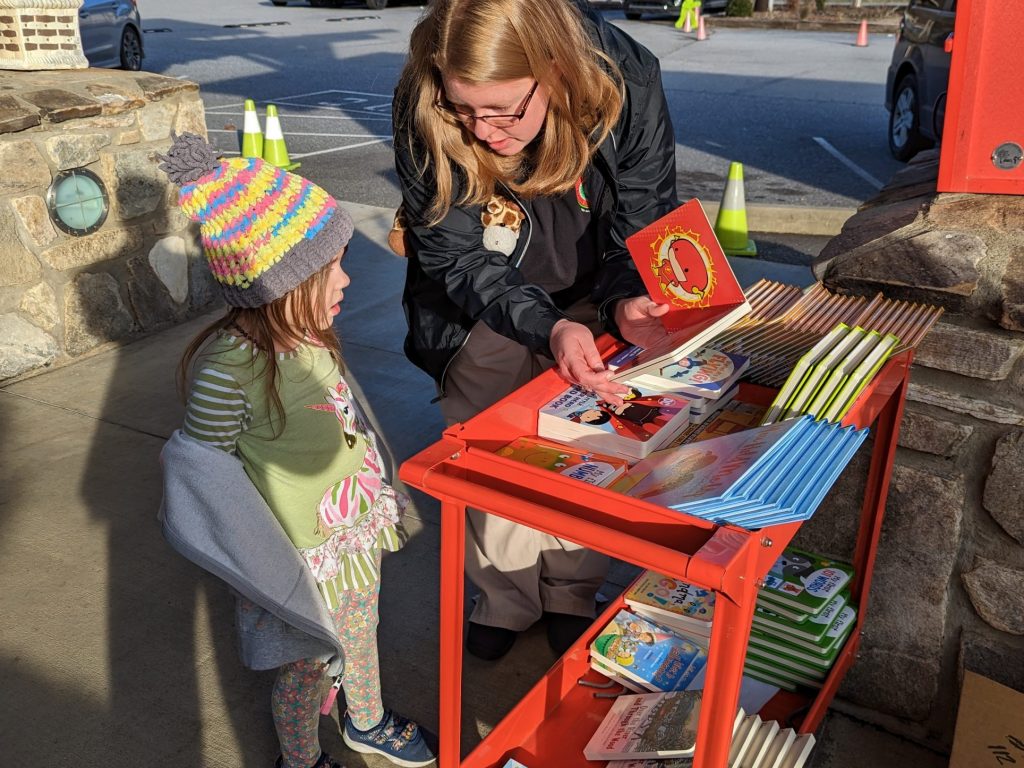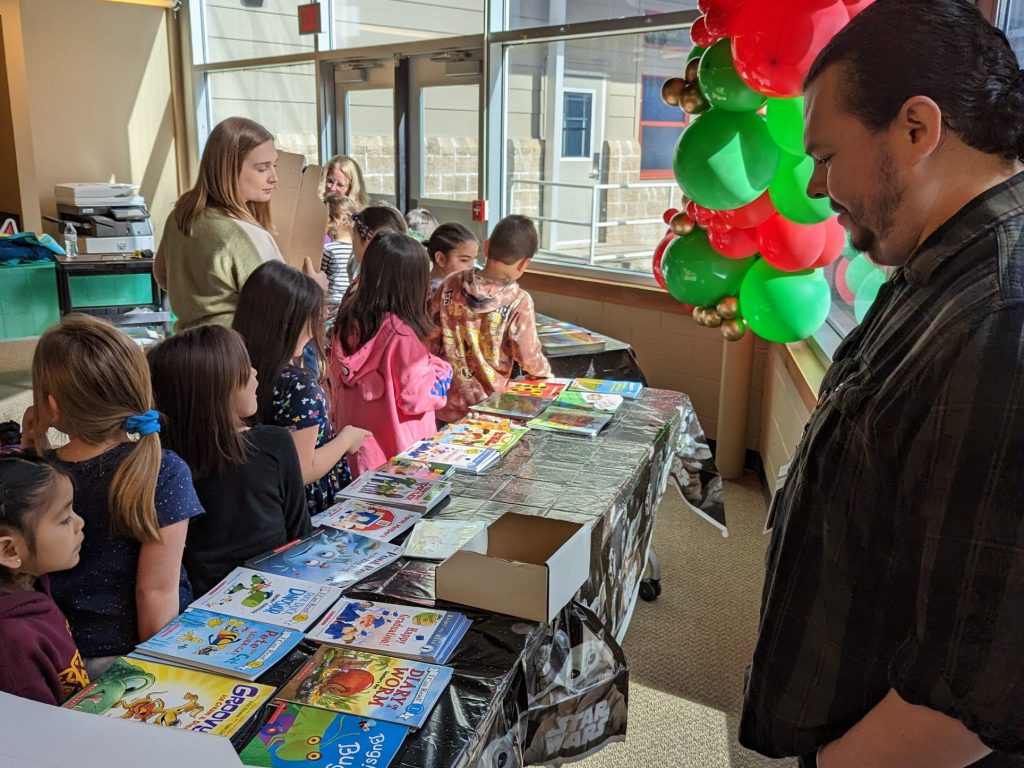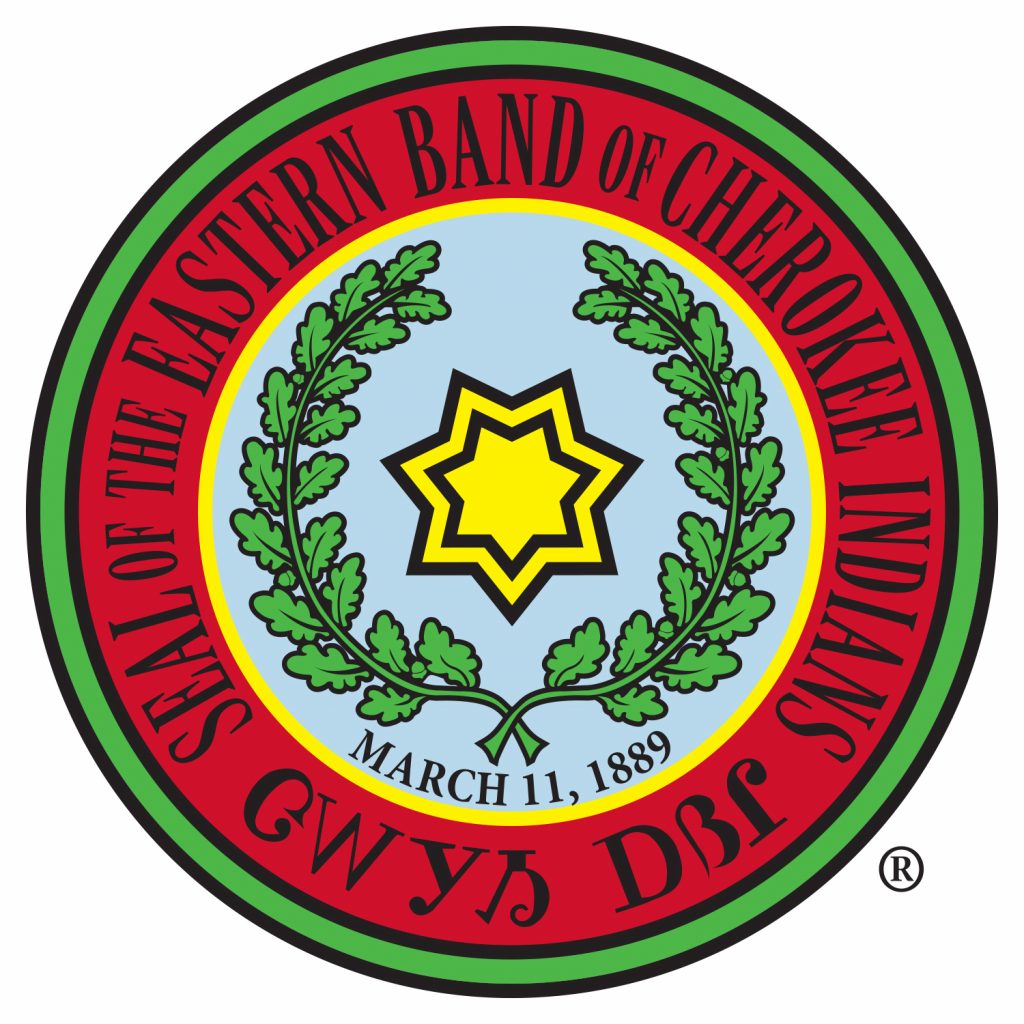
Increasing Access to Literacy and Libraries
for
Eastern Band of Cherokee Indian Children and Families
Purpose
Reading Nation Waterfall is a three year federally funded project through IMLS working with five Native American tribes across the country. The Eastern Band of Cherokee Indian is one of those partners and we are working with the Qualla Boundary and Snowbird Tribal Libraries, Cherokee Elementary School Library Library, and Head Start with three primary goals: 1) Increase access to books and libraries to children and families, 2) Increase the number of books and reading with parents/adults at home, and 3) Increase relevance and use of libraries for Native American communities. Two primary outcomes are to increase kindergarten entrance and 4th grade reading scores for each partnering tribe. One of our main activities is to provide an unlimited number of free books to children from 0-10 at preschool, elementary school, and their public libraries through strategically placed little free libraries that will be restocked with brand new/gently used librarian curated books every week.
Total Books Disseminated
| Qualla Boundary Head Start | 838 |
| Snowbird Community Library | 778 |
| Cherokee Elementary School | 2860 |
| Free Book Fairs | 3025 |
| TOTAL TO DATE (as of June 25, 2024) | 7501 |
Take-Home Library Boxes: 560
Little Free Libraries
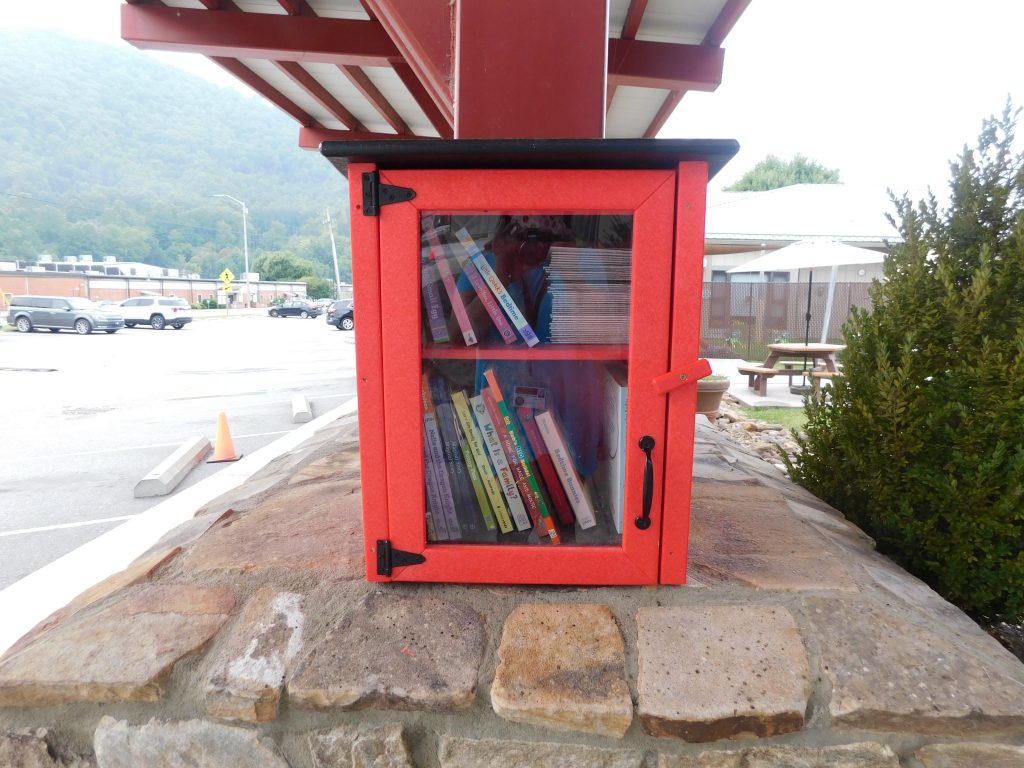
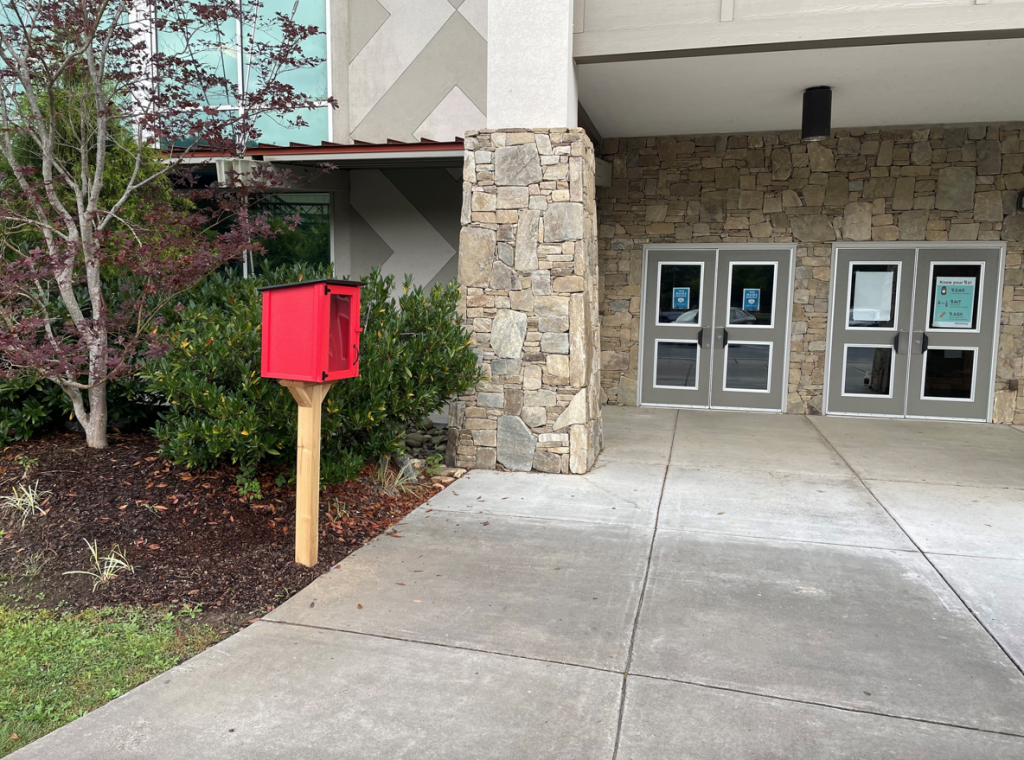
Eastern Band of Cherokee Indian Partners
| Qualla Boundary Public Library | Snowbird Community Library | Cherokee Elementary School | Qually Boundary Head Start |
|---|---|---|---|
| Adam K. Lambert, Manager | Zena Rattler, Manager | Gail Dehart, Media Center Coordinator Assistant | Tina Saunooke, Early Education Director |
Visit Your Local Library
Qualla Boundary Public Library
810 Acquoni Rd.
Cherokee, NC 28719
(828) 359-6725
Snowbird Community Library
60 Snowbird School Rd, Suite 8
Robbinsville, NC 28771
(828) 497-1764
Eastern Band of Cherokee History and Facts
Early History
In the early 1800’s, the Cherokee adapted the tribal governing structure to include a written constitution. During this time, the Cherokee courts and schools were established. In 1821, a Cherokee scholar named Sequoyah invented a written Cherokee language. In 1828, a Cherokee language newspaper began publishing.
In 1838 the government forcefully removed Cherokee from the Southeast, relocating them to present day Oklahoma. More than 16,000 native people traveled on what would become known as the Trail of Tears, where between 25% and 50% of the Cherokee tribe died along the way.
Some members of the Eastern Band of Cherokee Indians living in modern day West North Carolina are descendants of Trail of Tears survivors, some of whom made it to Oklahoma and then walked back home. Others are descendants of Cherokee who managed to keep land they owned and did not march West.
The Qualla Boundary – Home of the Cherokee
Cherokee people do not live on a reservation, instead the Qualla Boundary is the home of the Eastern Band of Cherokee Indians, which is located next to the Great Smoky Mountains.
Family/Child Literacy Program
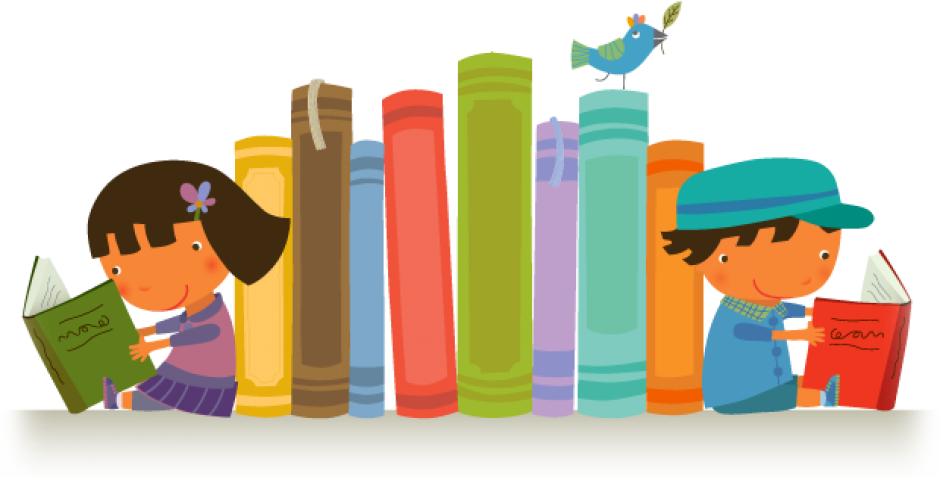
At home is where readers are made. Reading Nation Waterfall will provide the books for free but it is essential adults read with their children at home EVERYDAY.
Read
- Spend 15 minutes every day reading – anything! You can read to yourself or read aloud with the family.
- The most powerful ways to encourage young readers are also the simplest: talk with, listen to, read to, and write with your kids.
- Gather a variety of print materials and read them aloud to your child: a recipe, a grocery bill, a calendar, labels, mail, phone messages, signs, magazines, newspapers, games, posters. Even if children do not understand all the words, if they can see the connection between text and your words, and you can both pay attention to the text.
Write
- Provide writing materials: crayons, pencils, charcoal, paper, even backs of mailed paper; have children copy letters or do “pretend” writing.
- Write a new ending for a story you read or heard. Attach a photo to the middle of a paper. To the left of the phone, draw a picture and write what happened before the scene in the picture; then to the right of the photo, draw a picture and write what happened afterwards.
- Collect or draw pictures about a topic such as seasons, animals, colors. Paste them on paper, and caption them.
Talk
- Talk through activities you do. How do you cook, fix a car, do laundry, pull weeds, dress a child?
- Tell stories. Tell a story about your pet or toy; use a stuffed animal to tell a story.
Sing
- Sing songs to a child, and sing songs together.
- Clap or dance to the rhythm of a song.
- Make up new words to a song.
- Make up actions to a song.
Play
- Play nursery rhyme games such as Peek-a-Boo, This Little Piggy, Itsy Bitsy Spider.
- Draw the picture of a character or a place in a story you read or heard.
- Act out a scene or a plot in a book you read or a story you heard.

